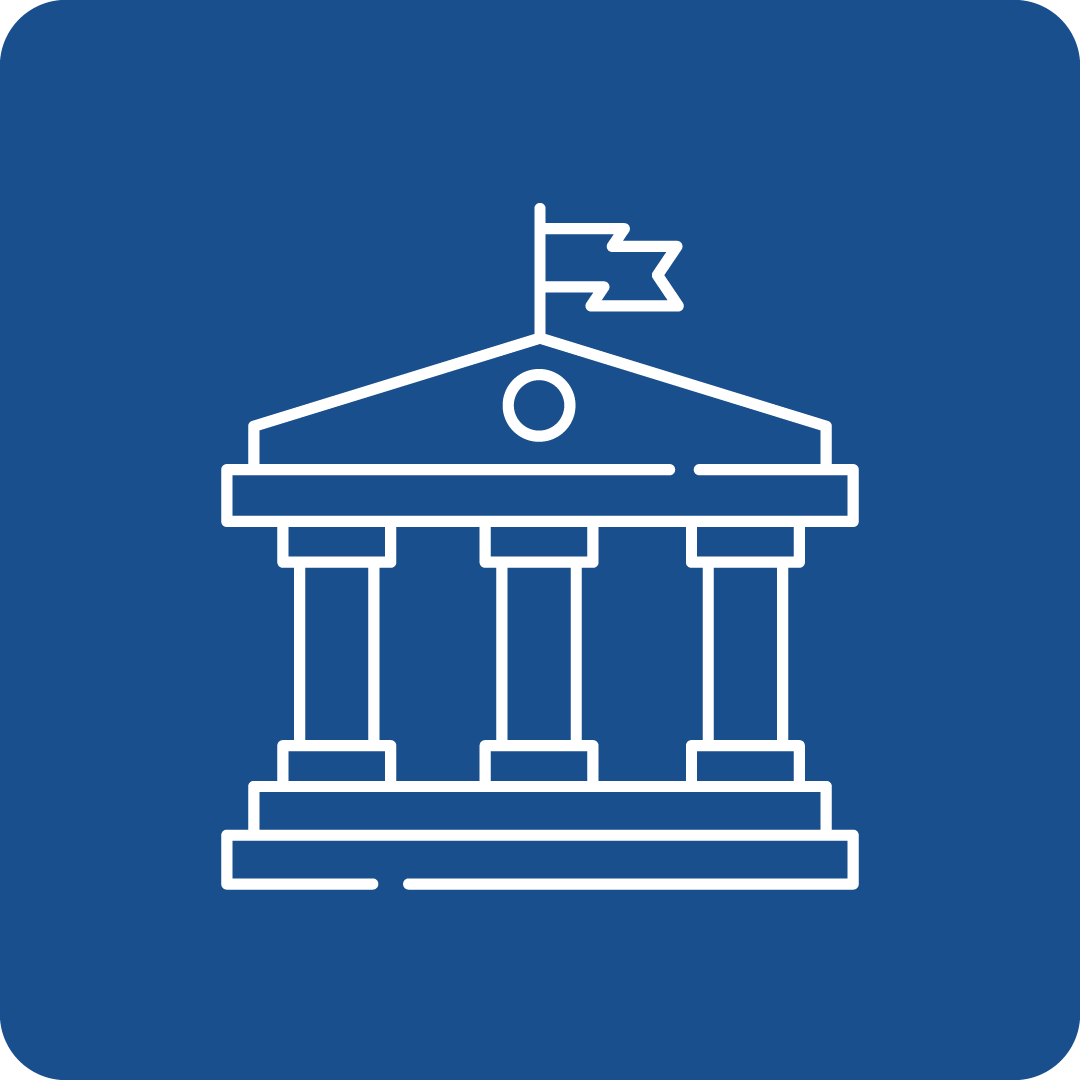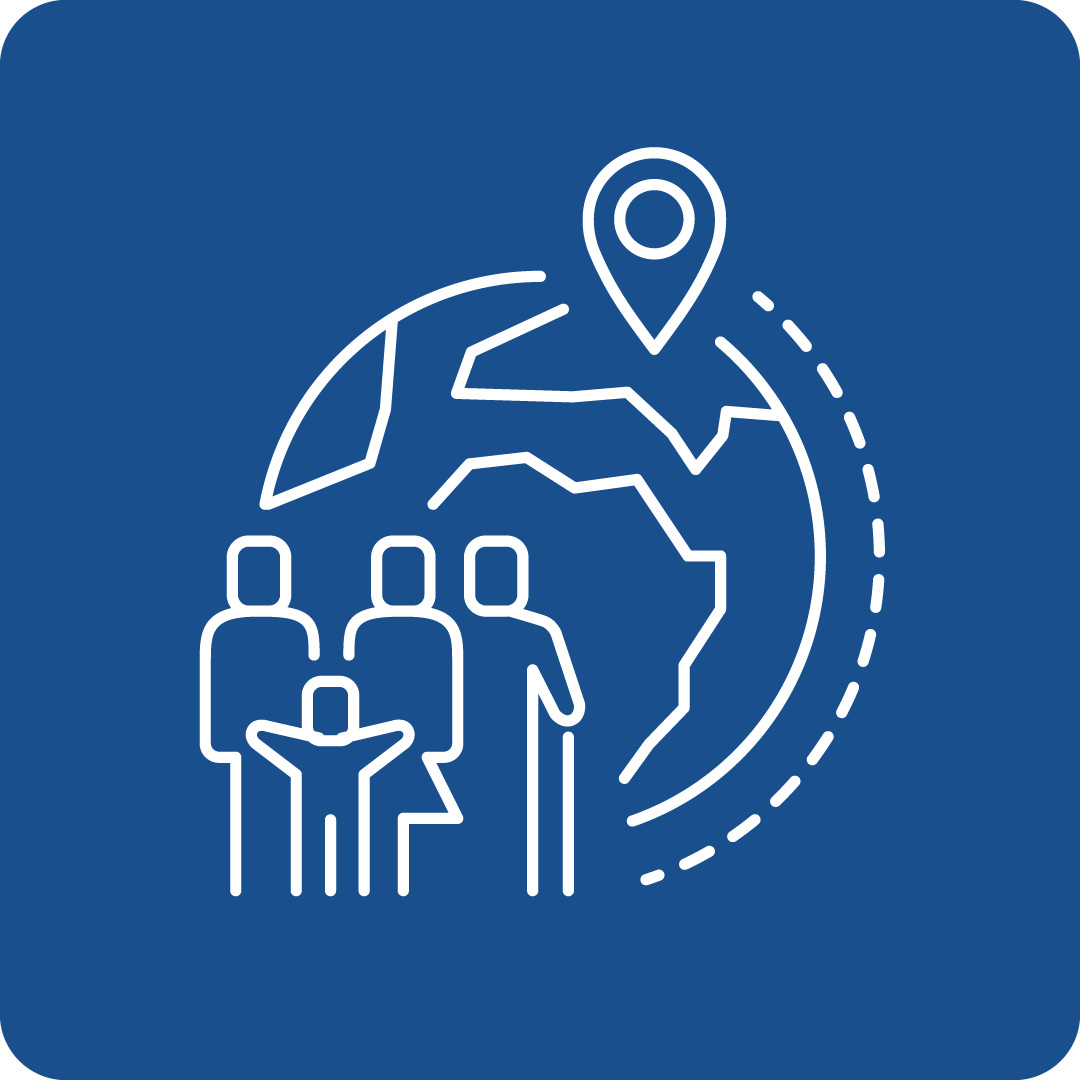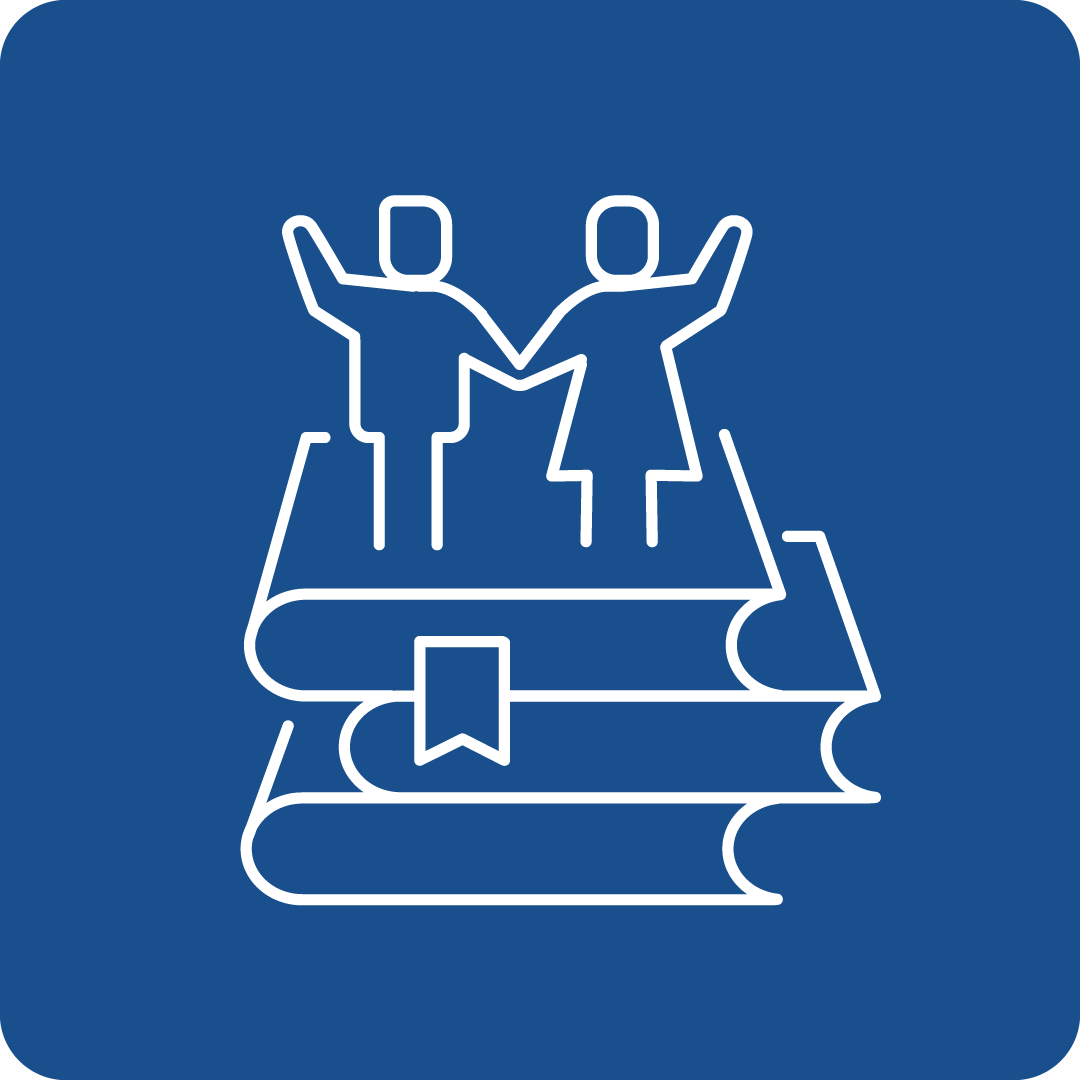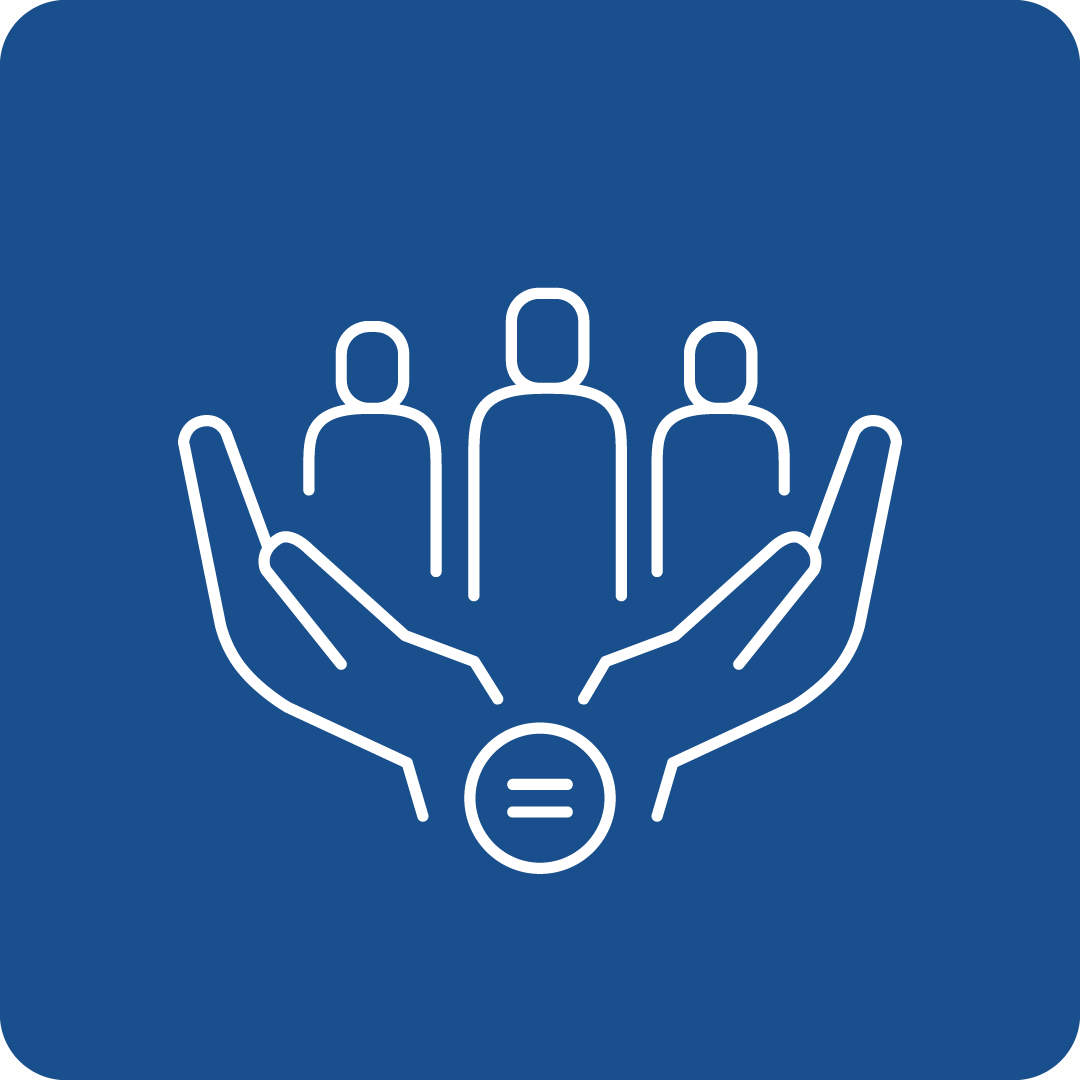Filter Search for grants
Call Navigation
Deadline expired
The deadline for this call has expired.
Call key data
Call for proposals to National Roma Contact Points for Roma equality, inclusion and participation
Funding Program
Citizens, Equality, Rights and Values programme
Call number
CERV-2024-NRCP
deadlines
Opening
12.12.2023
Deadline
07.03.2024 17:00
Funding rate
90%
Call budget
€ 1,600,000.00
Estimated EU contribution per project
max. € 200,000.00
Link to the call
Link to the submission
Call content
short description
The objective of this Call is to foster the implementation of the EU Roma strategic framework on equality, inclusion, and participation (EURSF), and of the Council Recommendation, in the Member States.
Call objectives
The aim of this Call is to advance the institutional development and capacity of the National Roma Contact Points for Roma equality, inclusion and participation (NRCPs) in their role of facilitating national consultation processes, particularly through reforming and strengthening their established National Roma Platforms (NRPs).
The main mission of the Platforms is threefold: widen policy discussions on the implementation of national Roma strategic frameworks, deepen domestic accountability structures, and reinforce links between the local and national levels. NRPs will promote and facilitate dialogue, mutual learning, cooperation and policy review among all national stakeholders (e.g., Roma and pro-Roma civil society organizations, activists, elected and appointed officials in public administration, representatives of public administration, academia, etc.). Within the context of the NRPs, the NRCPs are also expected to boost, in a gender-sensitive way, the representation of Roma in the platform structures, including of women and youth, as well as by nominating a Roma representative to ensure the link between National and the European Roma Platforms.
National Roma Platforms aim to:
- provide a transparent and participative forum which ensures a regular consultation process and co-operation between the National Roma Contact Points and all the other members of the Platforms (e.g., representatives of sectoral ministries, public authorities and administration, equality and anti-discrimination bodies, Roma and pro-Roma civil society organisations, activists and professionals from various areas of relevance, elected and appointed Roma officials, entrepreneurs, trade unions, employers’ and children’s rights organisations, academia, etc.) to support and contribute to the implementation of NRSFs;
- support the NRCPs in their task of coordinating and monitoring the implementation of the national Roma strategic framework on equality, inclusion and participation;
- encourage self-mobilisation, co-operation and strengthening of the Roma and pro-Roma civil society organisations;
- promote mobilization and co-operation between local authorities, Roma civil society and communities at local level, to jointly develop and implement EU-funded programmes and projects advancing Roma inclusion;
- strengthen multi-stakeholder accountability at national and local levels, ownership and transparency of the processes promoting Roma equality, inclusion, and participation, following the adopted EURSF and the Council Recommendation, and the set EU level objectives and targets;
- boost the commitment of the NRCPs and active involvement of all relevant stakeholders, including Roma, and their involvement to ensure an effective implementation of measures promoting Roma equality, inclusion, and participation at national and local level, improving equal access of Roma to public services and opportunities and strengthening mutual trust, understanding and co-operation between Roma and non-Roma;
- strengthen the genuine and meaningful participation of civil society – including in particular Roma and pro-Roma civil society – in the implementation of national Roma strategic frameworks, EU funding programmes, and other equality and inclusion policies and measures benefiting Roma communities, as well as in monitoring and reporting;
- complement and increase synergies with other EU and/or national initiatives, such as the European Platform for Roma inclusion and the Roma Civil Monitoring initiative (ensuring a regular forum for presentation, discussion and debate on its results and recommendations for policy review and monitoring);
- identify gaps and challenges in the implementation of National Roma Strategic Frameworks and contribute with suggestions and recommendations to relevant stakeholders on how to tackle them; contribute to the monitoring and reporting processes at national and EU level on these findings and recommendations, including on data collection and evaluation studies;
- raise awareness, whenever necessary, and catalyse prompt responses by relevant stakeholders, concerning emerging challenging situations;
- encourage the active engagement of Roma, including of women and youth, in the work of the NRPs, including by offering dedicated traineeships or junior positions to Roma youth in national structures linked to the implementation of national Roma platform activities and processes;
- include a transnational dimension, facilitating exchange of knowledge, ideas and promising practices between National Roma Platforms to promote policy learning and upscaling and replication of good practices.
read more
Expected effects and impacts
- Increased number of established national Roma platforms, more visibly seen as an integral component of coordination and monitoring of activities carried out by the NRCPs to foster stakeholder dialogue, cooperation and coordination, and contribution to the implementation of NRSF measures;
- Increased capacity of NRPs and of all their stakeholders to tackle the identified challenges and promote Roma equality, inclusion, and participation, as well as their regular involvement and contribution in Roma-related or relevant policy-review and reform processes, and in legislative and administrative practices;
- Strengthened cooperation and exchange of information between competent national and local authorities in relation to Roma equality, inclusion, and participation and the implementation of NRSFs measures;
- Increased sustainability of Roma participation and their contribution to relevant policy processes and to the implementation of NRSFs.
read more
Expected results
Activities will include:
- Actions to set up, reinforce and strengthen national Roma platforms, involving all relevant stakeholders, with a focus on ensuring close consultation and co-operation on the implementation of the national Roma strategic frameworks, including the joint development of NRPs’ workplans and timelines;
- Supporting the NRCPs in their task of coordinating and monitoring of the implementation of NRSFs;
- Meetings, working groups, seminars, events at national, regional or local levels contributing to achievement of the EURSF targets in the field of education, employment, health, housing, promoting participation through empowerment, cooperation and trust, reducing poverty and exclusion and fighting and preventing antigypsyism and discrimination; facilitating discussions and mobilizing joint actions that support implementation of measures covered by the EURSF, Council Recommendation and NRSFs, including by jointly developing programmes and projects advancing Roma inclusion, funded via national and /or EU financial instruments;
- Awareness-raising, dedicated discussions focusing on the outcomes of the Roma civil society monitoring on the implementation of National Strategies for Roma equality, inclusion, and participation, and follow up on the recommended actions;
Activities should be independent from political interests. Good practices will be exchanged and discussed across National Roma Platforms, notably through regular or thematic NRCP Network meetings, to promote policy learning and upscaling and replication.
Projects’ design and implementation are expected to promote gender equality and non-discrimination mainstreaming. Thus, applicants should conduct and include in their proposal a gender analysis, which maps the potential different impact of the project and its activities on women and men as well as youth in all their diversity. Applicants are advised to address risks linked to their proposal that stem from intersectional discrimination of Roma. Thereby, unintended negative effects of the intervention on either gender should be forestalled (do no-harm approach).
The gender equality analysis should inform the needs assessments of proposals, notably in the areas of participation and contribution of Roma women and youth in processes related to the National Roma Platforms and implementation of measures and actions as part of the national Roma strategic frameworks. As a result, the design of the activities and their content should reflect and address, as relevant, the differences in situations and conditions for women and men, and youth (girls and boys). Likewise, applicants should ensure the inclusion of gender aspects in the monitoring and reporting on their project results.
The gender equality perspective should also be taken into account when designing the ‘format’ of activities such as mutual learning, empowerment, awareness raising and training activities, to ensure that they allow for equal participation of women, men, and youth (girls and boys), as well as that they promote gender-sensitive approaches. Where relevant, applicants should strive for active participation of youth in the design and implementation of activities.
Projects may involve one or more organisations, i.e. a National Roma Contact Point (NRCP), as lead applicant, and co-applicant(s) being private or public non-profit bodies (e.g. Roma civil society organisations, etc.). Projects submitted by consortia formed of NRCP and Roma and pro-Roma civil society organisations are particularly encouraged.
read more
Eligibility Criteria
Regions / countries for funding
Albania (Shqipëria), Bosnia and Herzegovina (Bosna i Hercegovina / Босна и Херцеговина), Kosovo (Kosova/Kosovë / Косово), Montenegro (Црна Гора), Serbia (Srbija/Сpбија), Ukraine (Україна)
eligible entities
Education and training institution, International organization, Non-Profit Organisation (NPO) / Non-Governmental Organisation (NGO), Other, Private institution, incl. private company (private for profit), Public Body (national, regional and local; incl. EGTCs), Research Institution incl. University, Small and medium-sized enterprise (SME)
Mandatory partnership
No
Project Partnership
Applications by single applicants (National Roma Contact Points) are allowed (single beneficiaries). Affiliated entities and other participants are allowed, if needed, provided they are legal entities - private or public non-profit bodies formally established in one of the eligible countries.
other eligibility criteria
In order to be eligible:
- Lead applicants must be National Roma Contact Points, with only one application per Member State being accepted;
- Co-applicants (if any) must be legal entities - private or public non-profit bodies (e.g. Roma civil society organisations, etc.) formally established in one of the eligible countries; i.e.:
- EU Member States (including overseas countries and territories (OCTs))
- non-EU countries: countries associated to the CERV Programme or countries which are in ongoing negotiations for an association agreement and where the agreement enters into force before grant signature (list of participating countries)
- Activities must take place in any of the eligible countries;
- The maximum duration of the action is 24 months;
- The EU grant applied for cannot be higher than EUR 200 000;
- The project can be either national or transnational;
- The application may involve one or more organisations (lead applicant and co-applicants)
Natural persons are NOT eligible (with the exception of self-employed persons, i.e. sole traders, where the company does not have legal personality separate from that of the natural person.
International organisations — International organisations are eligible. The rules on eligible countries do not apply to them.
Entities which do not have legal personality under their national law may exceptionally participate, provided that their representatives have the capacity to undertake legal obligations on their behalf, and offer guarantees for the protection of the EU financial interests equivalent to that offered by legal persons.
EU bodies — EU bodies (with the exception of the European Commission Joint Research Centre) can NOT be part of the consortium.
Entities composed of members may participate as ‘sole beneficiaries’ or ‘beneficiaries without legal personality’ . Please note that if the action will be implemented by the members, they should also participate (either as beneficiaries or as affiliated entities, otherwise their costs will NOT be eligible).
Additional information
Topics
Relevance for EU Macro-Region
EUSAIR - EU Strategy for the Adriatic and Ionian Region, EUSALP - EU Strategy for the Alpine Space, EUSBSR - EU Strategy for the Baltic Sea Region, EUSDR - EU Strategy for the Danube Region
UN Sustainable Development Goals (UN-SDGs)
![]()
![]()
![]()
project duration
between 12 and 24 months
Additional Information
Proposal page limits and layout:
- Application Form Part A — contains administrative information about the participants (future coordinator, beneficiaries and affiliated entities) and the summarised budget for the project (to be filled in directly online)
- Application Form Part B — contains the technical description of the project (to be downloaded from the Portal Submission System, completed and then assembled and re-uploaded)
- Part C — contains additional project data and the project’s contribution to EU programme key performance indicators (to be filled in directly online)
mandatory annexes and supporting documents (to be uploaded):
- detailed budget table/calculator (template available in the Portal Submission System – to be re-uploaded filled out in the format .xlsx)
- CV (standard) of core project team
- Activity reports of last year (coordinators only)
- list of previous projects of the coordinator (key projects for the last 4 years) (not applicable)
- For participants with activities involving children: their Child Protection Policy (CPP) covering the four areas described in the Keeping Children Safe Child Safeguarding Standards. It should be clearly indicated in the application which partner(s) will work directly with children/minors.
Page limit - part B: 45 pages
The grant will be a lump sum grant.
Call documents
Call document CERV-2024-NRCPCall document CERV-2024-NRCP(668kB)
Contact
+43 1 531 15–202907
ernst.holzinger@bka.gv.at
Website
CERV Contact Points 2021-2027
Website
To see more information about this call, you can register for free here
or log in with an existing account.
Log in
Register now



